Skin 3 P
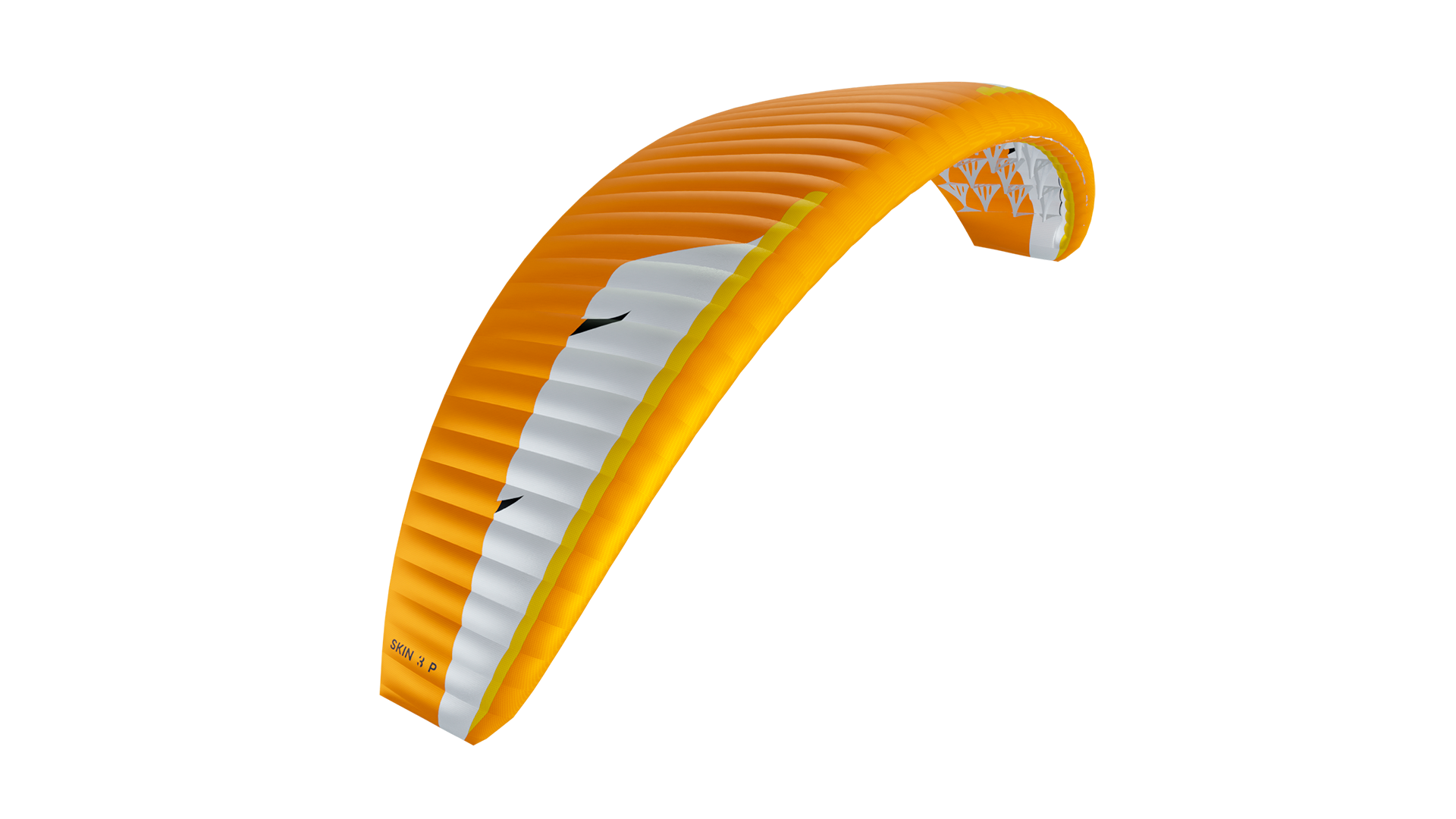
Light, simple to fly and much more fun. Take your hike & fly challenges to a more extreme level with the guaranteed comfort and safety of an EN B certified wing. The Skin 3 P is the best choice for mountain and mountaineering enthusiasts looking for ultra-compact and versatile equipment.
Maximum accessibility with better performance in lively air. The only limits are those you impose on yourself; the Skin 3 P offers more speed and stability to fly in thermals and make transitions as if it were a conventional wing.
From 1.6 kg.
Progression
A pilot in the progression and learning phase will feel confident, thanks to the wing’s high stability and simple and intuitive handling. Safety and fun guaranteed.
Hike and fly
The perfect adventure companion for mountaineers looking for new challenges. It takes off anywhere, with unprecedented accessibility and high passive safety.
Vol-biv
Its improvement in glide, thermal performance and when facing adverse wind conditions permits safe distance flights like no other single-surface glider.
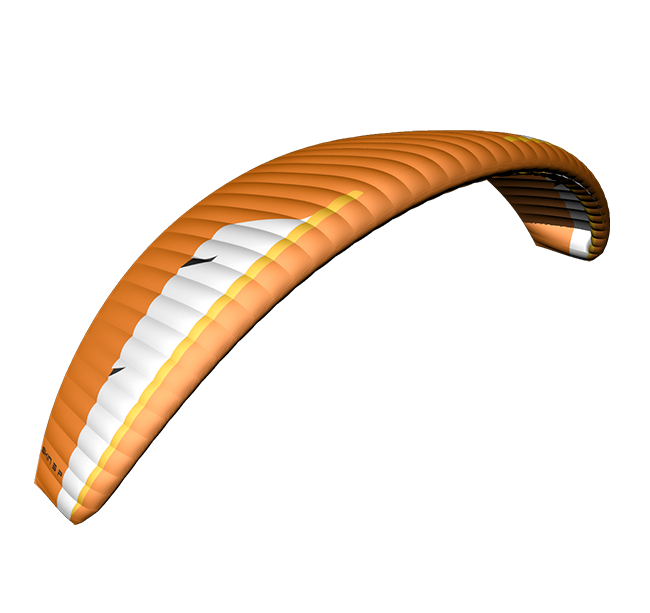
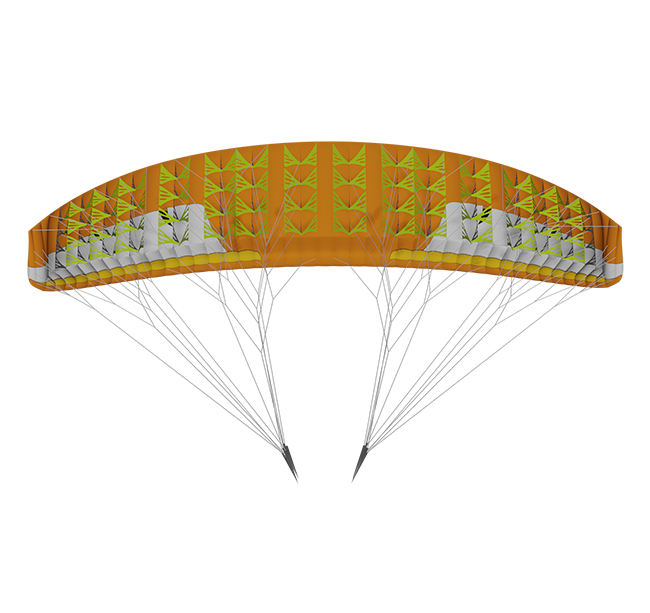
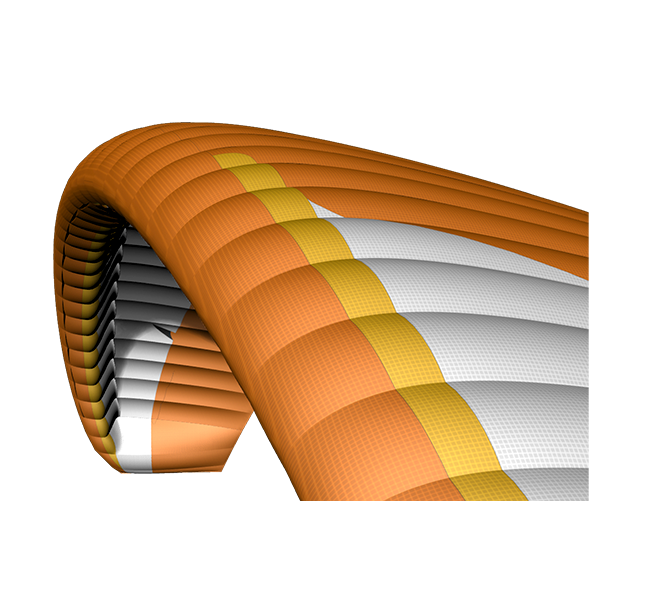
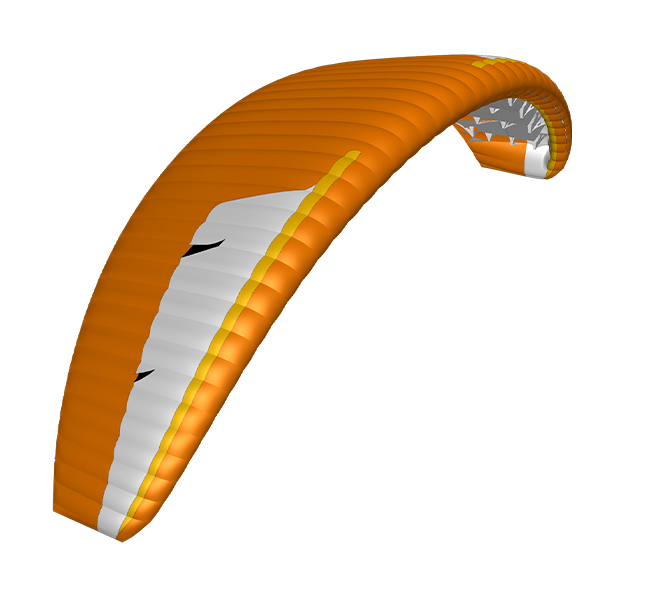
Excellent performance in thermals thanks to the combination of its new design with the latest Niviuk technologies.
Better glide and improved behavior in headwind and turbulent air.
Higher passive safety in the various phases of flight.
The redesign of its internal structure resulted in 44% fewer lines.
Using semi-light (Skin 3) and ultralight (Skin 3 P) materials ensures the wing is both light and compact.
Nitinol (TNT) rods are used in the wing profile instead of conventional nylon rods.
Excellent stability thanks to easy and accessible controls.
Steady and fun flying.
Easy to quickly recover in the case of any type of collapse.
The launch is easier thanks to the new self-inflating leading edge. The wing climbs above the pilot without any difficulty.
Longer brake travel for a smoother flare and a more precise landing.

Excellent performance in thermals thanks to the combination of its new design with the latest Niviuk technologies.
Better glide and improved behavior in headwind and turbulent air.
Higher passive safety in the various phases of flight.

The redesign of its internal structure resulted in 44% fewer lines.
Using semi-light (Skin 3) and ultralight (Skin 3 P) materials ensures the wing is both light and compact.
Nitinol (TNT) rods are used in the wing profile instead of conventional nylon rods.

Excellent stability thanks to easy and accessible controls.
Steady and fun flying.
Easy to quickly recover in the case of any type of collapse.

The launch is easier thanks to the new self-inflating leading edge. The wing climbs above the pilot without any difficulty.
Longer brake travel for a smoother flare and a more precise landing.
3DL technology is an adjustment of the fabric at the leading edge of the wing to control the ballooning and the creases that are generated by the curvature in this area. The leading edge is then divided into sub-panels which are sewn into each of the cells at the front of the paraglider. As a result, the leading edge of the wing is perfectly tensioned, which benefits the wing in performance and durability.
A good comparison is a rugby ball. In order to produce its characteristic oval shape without creases, its cover is made of several panels – not of just one piece.
The application of this innovation, in conjunction with the 3DP, is key to converting the perfect shape from 2D to 3D.
The RAM Air Intake system is based on the inward orientation of the air inlets in the profile so that they allow an optimum internal pressure at all angles of attack.
The result? Having greater internal pressure means better buffering of turbulence, greater consistency of the profile shape across the speed range. Excellent handling at low speed is achieved by allowing the pilot to extend the braking limit, so there is a lower risk of collapse and consequently, greater control and stability.
This technology seeks to implement the best orientation of the cloth on each panel according to its location on the leading edge. If the cloth pattern is correctly aligned with the load axes, the cloth suffers less deformation flight after flight, so the leading edge maintains its shape better and remains stronger over time.
The design of our paraglider and paramotor wings has evolved a lot over the years, with a positive and specific focus on the leading edge.
Thanks to this technology and 3DL, a perfect modelling of the panels and an exact representation from 2D to 3D is achieved.
The IKS (Interlock System) is a system to connect the risers with different parts of the wing, such as the lines, the harness or the parachute. This technology stands out for its innovation in lightness, optimising both the glider and the equipment in general, without compromising efficiency or the level of safety.
Niviuk has developed three variants: the IKS 1000, the Easy IKS 2500 and the IKS 3000, each intended to connect different parts of the paraglider.
✓ IKS 1000: risers to lines
The IKS 1000 is designed to connect risers to the lines. It can carry up to 1055 kg, which is far more than the 550 kg of the classic 3 mm maillons, but weighs much less. This makes it an essential part of our entire range of P Series (plume/light) wings, which already come with this technology as standard.
✓ Easy IKS 2500: risers to harness
The Easy IKS 2500 is a lightweight attachment system designed to connect the risers to the harness. It can carry up to 2673 kg and is made of Dyneema, making it very strong and durable. It is the perfect ultra-lightweight alternative to the twist-lock aluminium carabiner (with a maximum load of 2000 kg). The design and application of this connector makes it ideal for mountain harnesses and wings, and light flying gear.
Watch here the video tutorial with the user manual to learn how to use the Easy IKS 2500.
Download the Easy IKS 2500 certification report here.
✓ IKS 3000: parachute to harness
Finally, the IKS 3000 is used to connect the parachute to the harness. It can also be used to connect the risers to the harness, as an alternative to the Easy IKS 2500. It can carry up to 2960 kg, making it an ultra-light alternative to the 7 mm maillon (which can carry 3125 kg) or the twist-lock aluminium carabiner (with a maximum load of 2000 kg). The design and application of this connector is ideal for mountain wings and lightweight equipment.
Nitinol is a combination of 50% nickel and 50% titanium. The incorporation of Nitinol rods in the profile increases the performance of the wing, especially in three areas:
- Compared to nylon rods, the weight of the wing is reduced by 13%.
- Nitinol has two essential characteristics: shape memory and enormous elasticity. As a result, the rods retain their optimum shape even after an ultra-compact or incorrect folding, so that the wing is not deformed. This will always be the case unless the radius at the point of curvature is less than 1 cm.
- The leading edge shape is much more rigid and uniform which results in a much more consistent and progressive inflation and therefore an easier take off. The profile is taut at all times, without creases, and fully optimised for all flight phases.
In addition, the rods have a plastic protector at their ends to prevent any damage to the fabric of the wing.
Nitinol is now featured in all our wings.